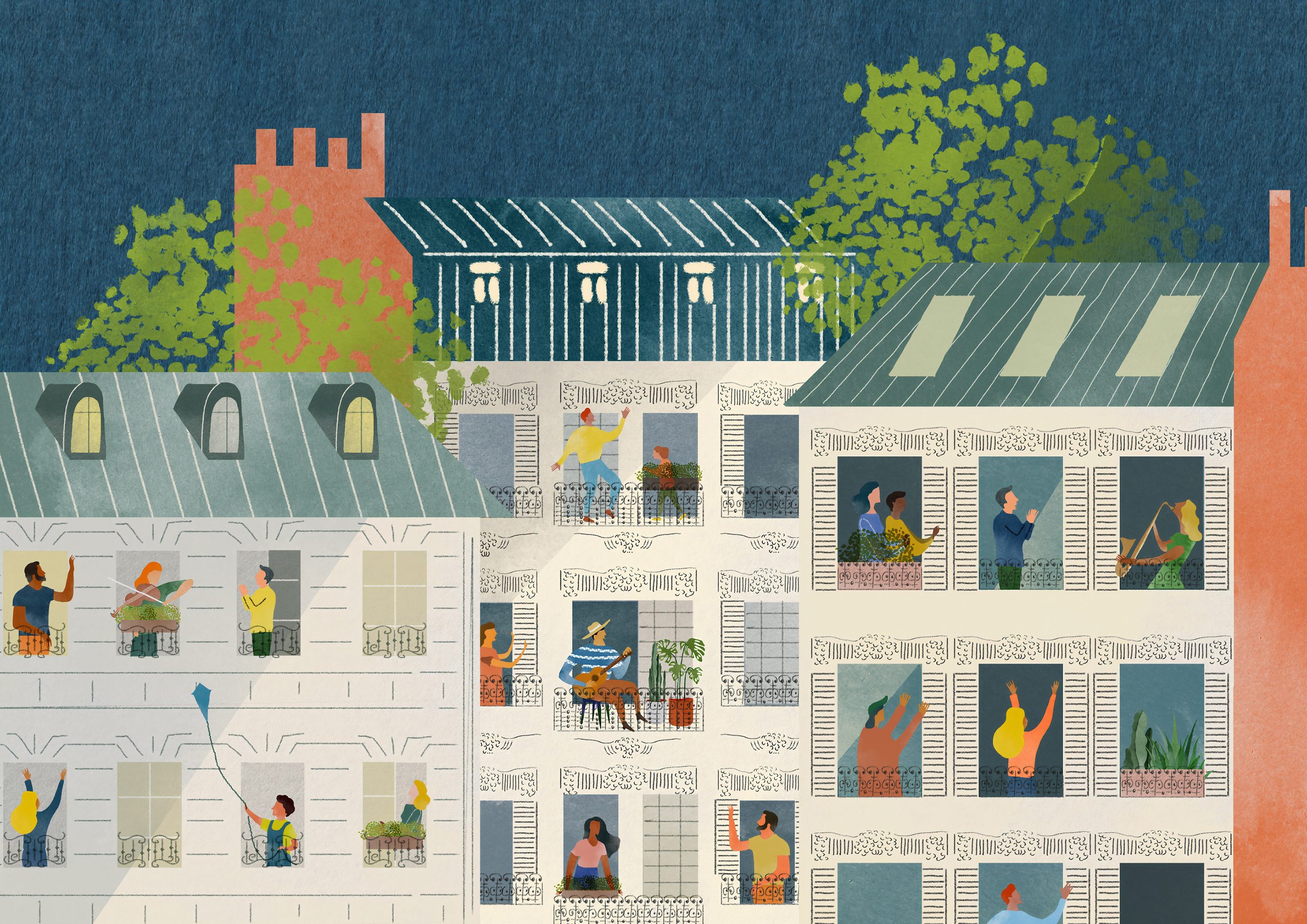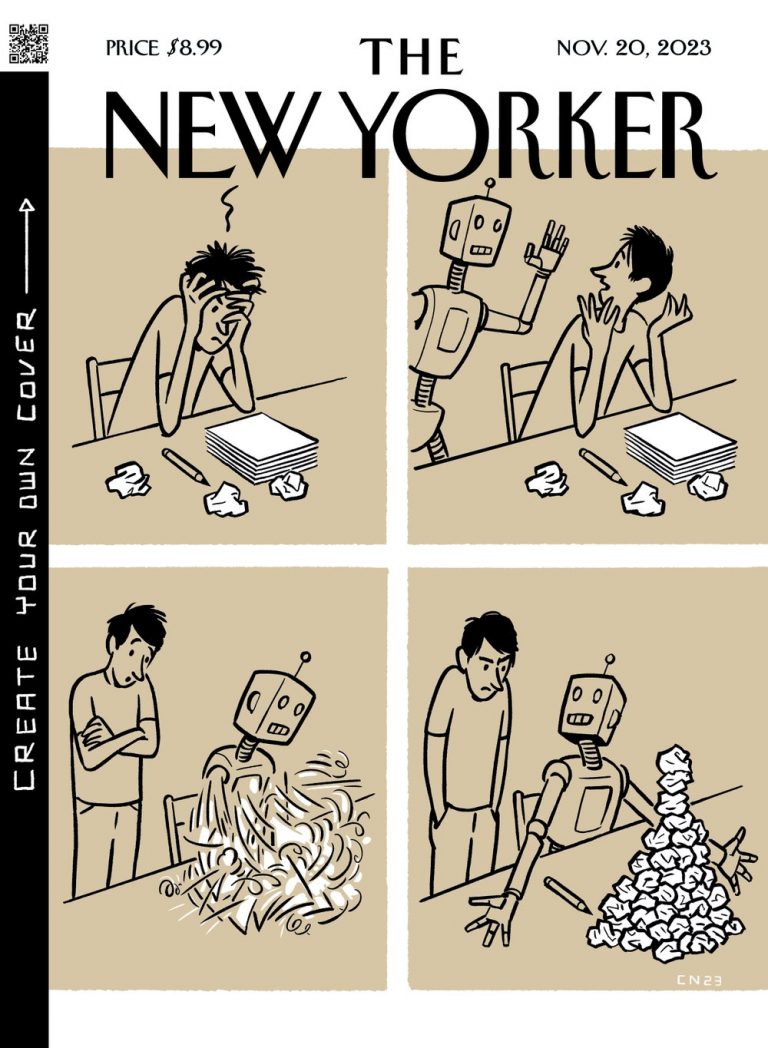Three Strategies for Building Online Community

Welcome to the new home of ITG’s Instructional Technology Blog! We’ll be posting advice, tips, and strategies for making the most of your digital tools. Check back often for ways to breathe new life into your Canvas courses, spice up your Zoom sessions, craft engaging Panopto videos, and more!
To get this new blog rolling, I’m going to recap the strategies for motivating students I talked about in ITG’s latest workshop, “Building Community Pt. 1: Low-Stakes Tasks.” You can learn more about and RSVP for all of our upcoming workshops at teachanywhere.emerson.edu.
One of the most common questions ITG has received since the mass-migration to online learning is: how do I build a sense of community over Canvas or Zoom? In my previous life as a teacher of undergraduate research and rhetoric courses at the University of North Carolina, I worked with like-minded teachers to create a network of courses geared towards real-world deliverables. We hosted a real undergraduate research conference and online journal, known as People, Ideas, and Things (PIT), and tailored our projects throughout the semester toward those venues. This produced the most engaged community of learners I’ve ever experienced. But you don’t need to do something as laborious as holding a conference to help your students connect. All it takes is a combination of low-stakes tasks and project-based learning with the following three factors in mind.
Continuity (How can I design every task as a building block?)
Low-stakes tasks let students practice and get comfortable with a genre or tool. However, they can sometimes feel like meaningless busy-work. To avoid this, design all minor tasks to flow into a larger deliverable that is constructed over time. This increases utility and excitement during early tasks and makes the end of the course far less stressful.
Example: In the PIT course, each week students would complete a short, low-stakes “feeder” that built directly toward their unit project. The first unit project was a conference proposal. The first feeder building up to that proposal was a “source map” that asked students to identify three to five central research questions about their topic and list one or two sources under each question. The second feeder was a progressive annotated bibliography meant to grow over the semester. By the time they’d finished these two feeders, students were in a solid position to write their proposals.
Agency (How can I allow students to bring their own experiences?)
Although it may be easy to forget, your students are adults! Educational theorist Malcolm Knowles argues that adult learners are motivated by practical problem-solving, an immediate benefit to their learning, and a sense of agency in how that learning happens. Let your students bring their own experience to the tasks at hand, and make their deliverable a thing that exists in the real world whenever possible. How does this relate to building community? Well, to paraphrase a famous drag queen: if you’re not interested in your own work, how in the heck are you gonna be interested in somebody else’s?
Example: The PIT crew allowed students to choose their own topic—any topic within reason—to research for the entire semester. They carried their work through three projects: a proposal, a conference paper, and a journal article (later changed to a video article to spice things up and practice moving between media). Students gradually discovered their scholarly voices and got to showcase their finished projects online.
Investment (How can I encourage meaningful collaboration over time?)
Students invest in each other’s work when they can watch it develop and take part in that development over time. Online settings like Canvas makes this easy. You can create small groups of 4-6 students that stick together for part or all of the semester and continuously review each other’s work. If you create groups in Canvas and use group discussions, each group will have its own separate discussion space. These asynchronous discussions can spark follow-up questions to bring to your synchronous Zoom discussions (or vice-versa). Canvas discussions function well, but if you want a more realistic-looking venue for students to post and review work, consider starting a WordPress blog for your course.
Example: Since we didn’t have Canvas, the PIT crew used a homemade website where our students could review each other’s work (including low-stakes drafts) at regular intervals. Topics included a historical study of hot-air ballooning, the psychological benefits of mindfulness meditation, and the preservation of bats threatened by white-nose fungus, to name just a few. This diversity of topics created an atmosphere of excited anticipation each time a review cycle came around. Luckily you have Canvas, so there’s no need to build a website for collaboration from scratch!
Put these three strategies together and you get a network of motivated, goal-oriented learners who feel ownership over their education, rather than a bunch of isolated students going through the motions. They’re working together toward something concrete that they care about. Whether you’re online, in person, or a combination of both, community thrives when students feel invested in their learning.
For more on Knowles’ andragogy, check out my colleague Christopher Connors’ piece on why andragogy is a more helpful lens than pedagogy for thinking about course design in higher ed.
Image by Catherine Cordasco via Unsplash.


